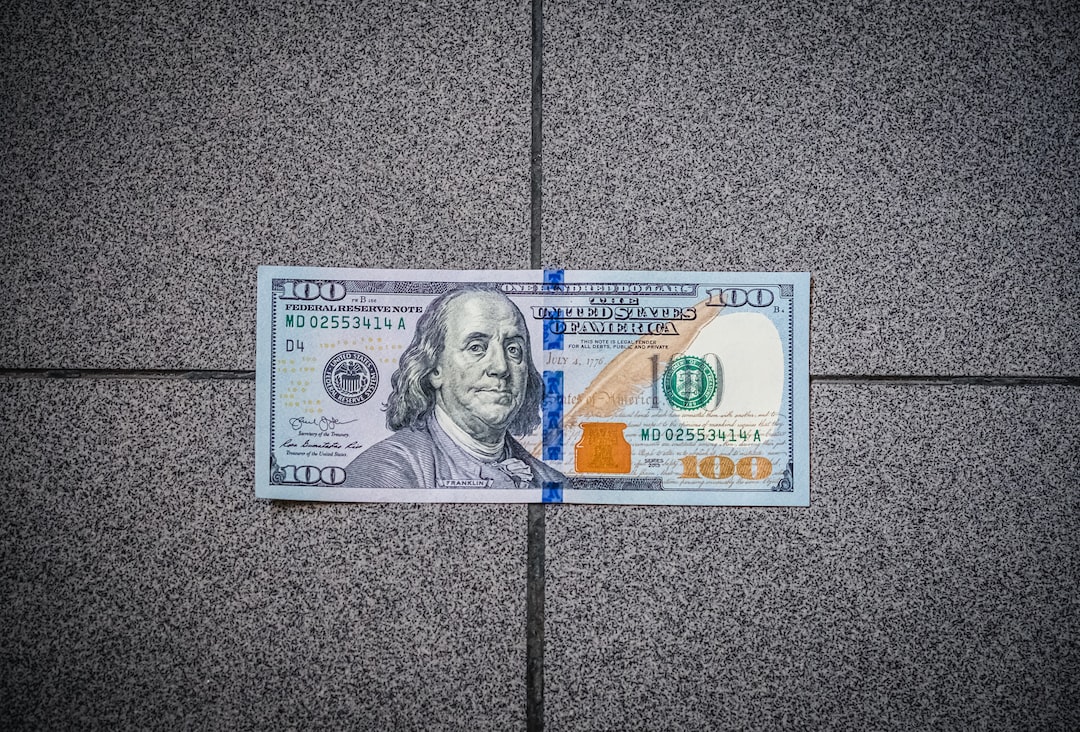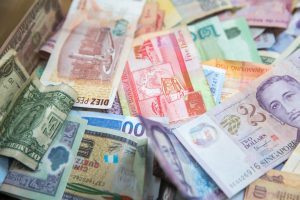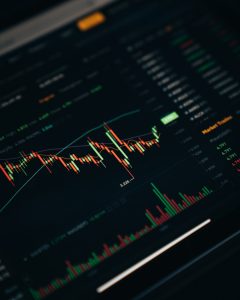Forex swaps, also known as FX swaps or currency swaps, are agreements between two parties to exchange currency for a specific period of time. These swaps are priced based on the interest rate differential between the two currencies being swapped. In this article, we will explore how forex swaps are priced and why they are an important tool for managing currency risk.
First, it is important to understand what a forex swap is. In a forex swap, two parties agree to exchange currency at a predetermined exchange rate and then reverse the transaction at a future date, usually anywhere from one day to one year later. The exchange rate at the beginning of the swap is known as the spot rate, while the exchange rate at the end of the swap is known as the forward rate.
The pricing of a forex swap is determined by the interest rate differential between the two currencies being swapped. Interest rates are a key driver of currency movements and can have a significant impact on the value of a currency. When two parties agree to exchange currency in a swap, they are essentially agreeing to exchange the interest rate differentials between the two currencies.
For example, let’s say that a US-based company needs to borrow Japanese yen to finance a project in Japan. The company could enter into a forex swap with a Japanese bank, agreeing to exchange US dollars for Japanese yen at the current spot rate. The swap would have a predetermined maturity date, at which point the company would exchange the Japanese yen back into US dollars at a predetermined forward rate.
The pricing of this swap would be based on the interest rate differential between the US dollar and the Japanese yen. If the US dollar has a higher interest rate than the Japanese yen, the swap would be priced at a premium. This is because the US-based company would be borrowing yen at a lower interest rate than it would be able to borrow dollars in the US. The premium paid on the swap would compensate the Japanese bank for the difference in interest rates.
Conversely, if the Japanese yen has a higher interest rate than the US dollar, the swap would be priced at a discount. This is because the US-based company would be borrowing yen at a higher interest rate than it would be able to borrow dollars in the US. The discount on the swap would compensate the Japanese bank for the difference in interest rates.
The pricing of a forex swap is also influenced by other factors, such as the creditworthiness of the parties involved and the liquidity of the currencies being swapped. Parties with higher credit ratings may be able to negotiate better swap rates, while currencies with lower liquidity may be subject to wider bid-ask spreads.
Forex swaps are an important tool for managing currency risk, especially for companies that engage in international trade. By entering into a forex swap, companies can lock in an exchange rate for a specific period of time, reducing their exposure to currency fluctuations. This can be particularly beneficial for companies that have long-term projects or contracts in foreign countries.
In addition to managing currency risk, forex swaps are also used for speculative purposes by traders and investors. Traders may enter into forex swaps to take advantage of interest rate differentials between currencies or to hedge against other positions in their portfolio.
In conclusion, forex swaps are priced based on the interest rate differential between the two currencies being swapped. The pricing of a swap can be influenced by factors such as the creditworthiness of the parties involved and the liquidity of the currencies being swapped. Forex swaps are an important tool for managing currency risk and are also used for speculative purposes by traders and investors. Understanding how forex swaps are priced is essential for anyone looking to engage in international trade or currency trading.






